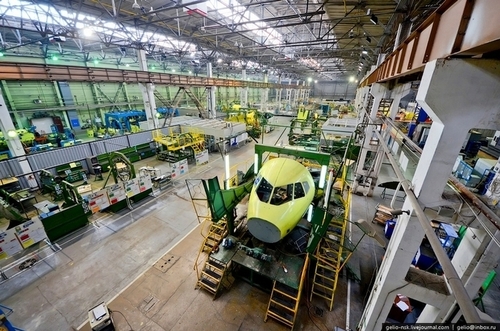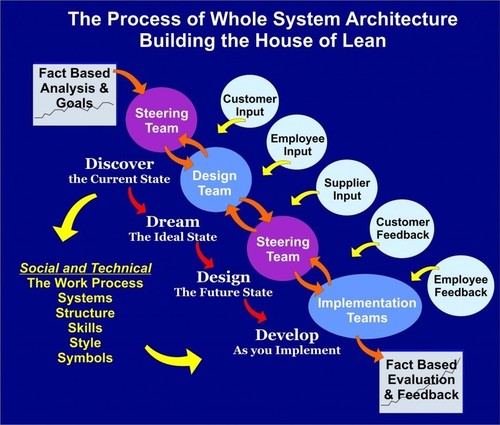Jul 17 2012
Why Toyota is Lean…and You’re Not
See on Scoop.it – lean manufacturing
Jeffrey Liker on what Lean really is. An interesting article, with which I have a few quibbles:
- The Shingo Prize rewards companies for looking Lean, not being Lean, as evidenced by the prize’s inability to predict competitive performance.
- The Machine that Changed the World and Lean Thinking introduced the word Lean, not the concept. It existed before, for a good 10 years, under a succession of names that didn’t catch on as well as Lean did, including TPS, WCM, and others.
- His conclusion is overly optimistic:
“At the end of the day U.S. manufacturers that invest in developing skilled, motivated leaders whose passion is to develop people who can improve processes in the long-term will beat the competition every time.”
I don’t think it’s true, because they will be competing against manufacturers elsewhere doing the same.
I also do not see this statement as an accurate summary of Lean. Under Alfred P. Sloan’s leadership in the 1920s, GM did everything the statement says. When Peter Drucker wrote Concept of the Corporation in 1946, GM was arguably the best run company in the world, particularly in leadership development, but, even looking back, you wouldn’t call it Lean.
See on www.manufacturingpulse.com




Jul 17 2012
A survey of 30 company-specific production systems
See on Scoop.it – lean manufacturing

See on better-operations.com
Share this:
Like this:
By Michel Baudin • Blog clippings 0 • Tags: Lean manufacturing, Six Sigma, Toyota Production System, TPM, TQM